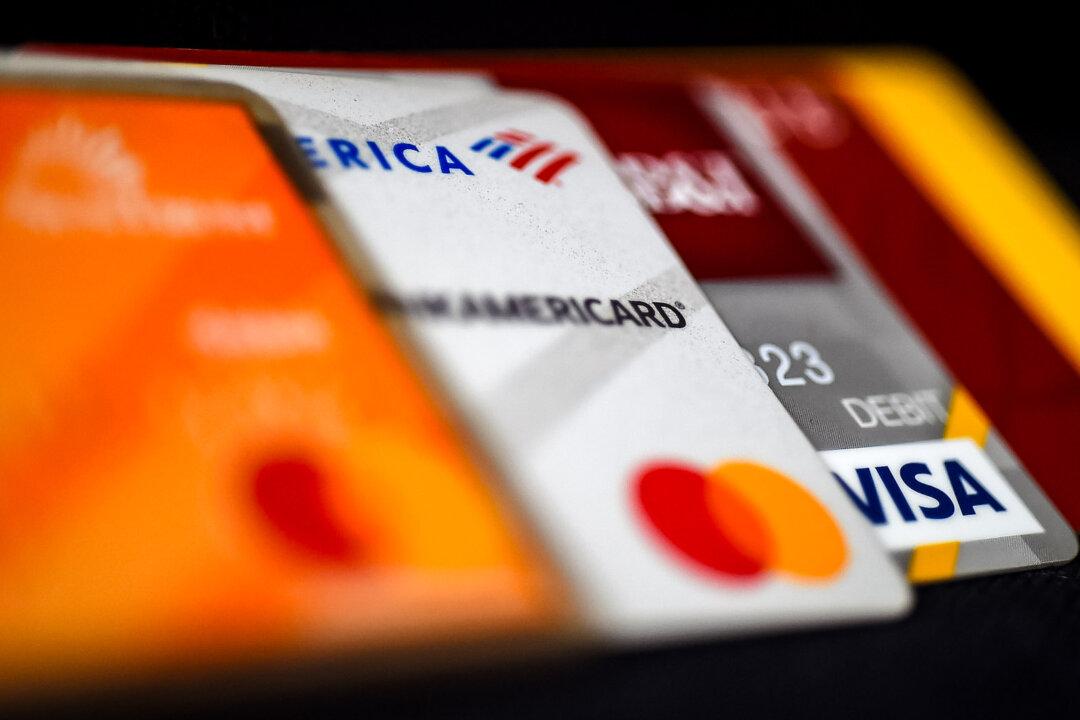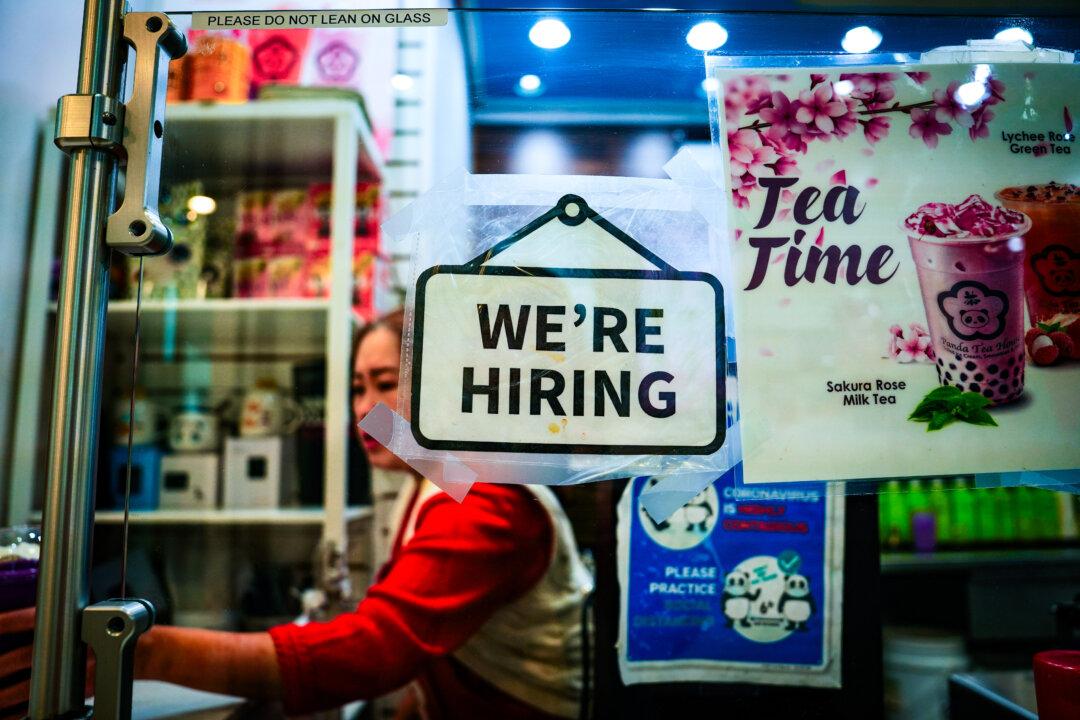Total U.S. household debt increased by $212 billion to an all-time high of $17.5 trillion in the fourth quarter of 2023, according to new data from the Federal Reserve Bank of New York’s Quarterly Report on Household Debt and Credit.
Household debt rose by 15 percent over the last year, and it has climbed by 46 percent since 2021.





